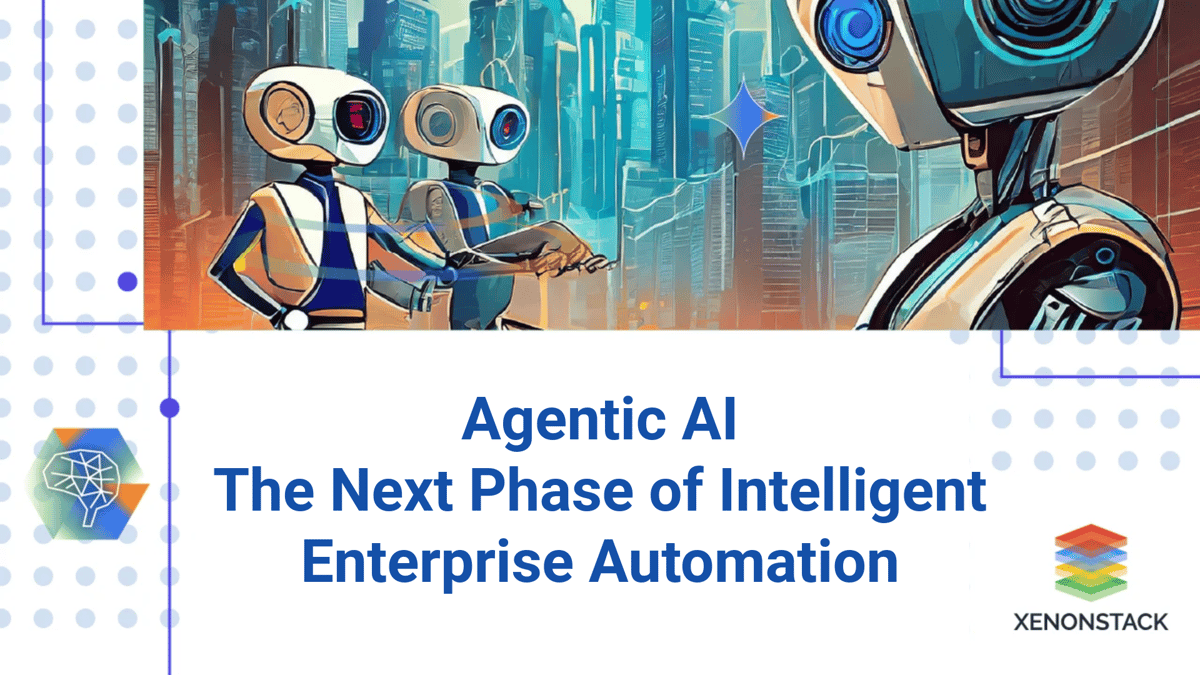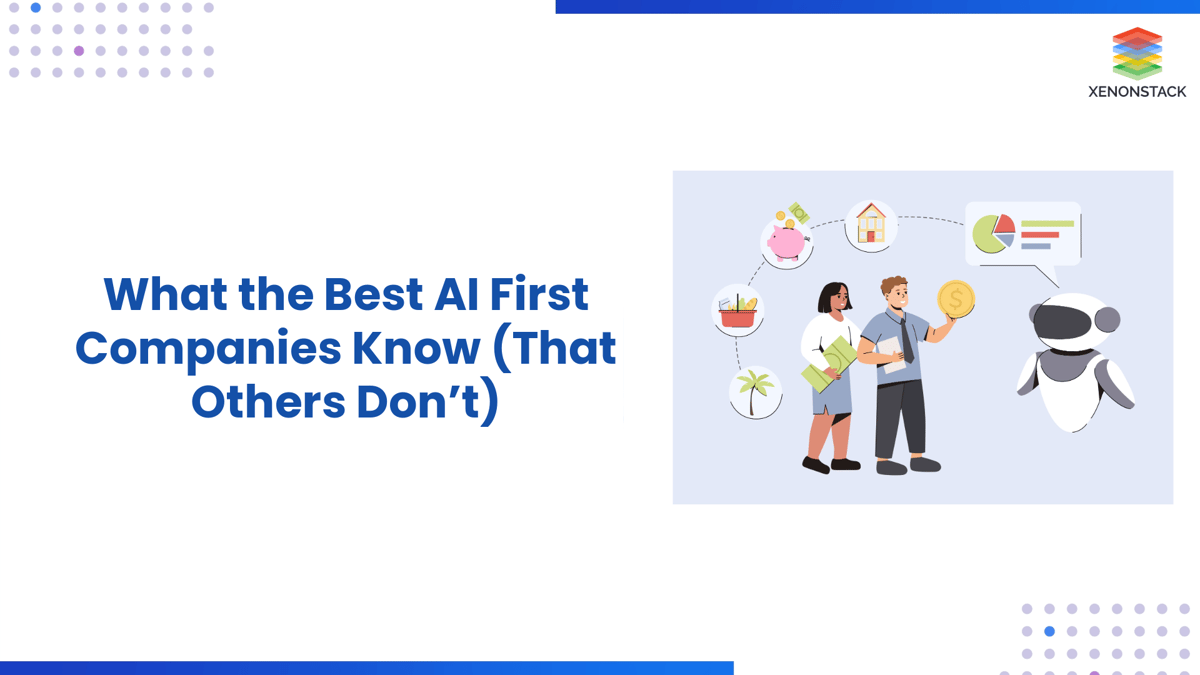Introduction: The Promise and the Pitfall
Generative AI was meant to revolutionize the enterprise. Billions of dollars have been invested, pilots launched across industries, and boardrooms reshaped by the pressure to “go AI-first.” Yet the results tell a different story.
MIT Media Lab’s Project NANDA found that 95% of enterprise GenAI pilots are failing to deliver measurable value.
Despite $30–40 billion spent, only 5% of pilots have reached production.
Gartner now warns that by 2027, more than 40% of so-called “Agentic AI” initiatives will be scrapped, undone by inflated promises, immature solutions, and a lack of governance.
The industry is facing a credibility gap. On one side: bold claims about autonomy, intelligence, and transformation.
On the other hand, stalled pilots, ballooning costs, and eroded trust. This gap is fueled by “agentic-washing”—the practice of rebranding copilots, bots, or basic automation as “Agentic AI.”
The challenge for CXOs is clear: cut through the hype, focus on outcomes, and govern for scale.
Understanding the Landscape: What Agentic AI Really Means
The term “agent” has become a catch-all, often used interchangeably for copilots, chatbots, automations, and autonomous systems. To separate hype from reality, we need clear definitions:
-
Copilots: User-triggered assistants confined to a single app or workflow. Limited memory, no planning, no autonomy.
-
AI Agents: Task-specific systems that execute predefined roles with policies, telemetry, and rollback. Autonomous within a bounded scope.
-
Agentic AI: Orchestrated systems of multiple agents that can decompose goals, select tools dynamically across systems, maintain context, adapt in real time, and recover from failure.
Anything less than this is not agentic AI—it is AI-assisted workflow automation.
The Agentic Maturity Curve
Research from HFS Research highlights five levels of agentic maturity:
-
Copilot-level assistance → helpful but bounded.
-
Single-task agents → autonomy in narrow workflows.
-
Bounded orchestration → multi-agent coordination in specific domains.
-
Cross-system orchestration → agents collaborating across enterprise systems.
-
Adaptive enterprise backbones → autonomous, context-rich systems embedded deeply into operations.
Most enterprise deployments today are at Levels 1–2, with a small minority reaching Level 3. Levels 4 and 5—the true promise of agentic AI—remain rare in production.

Why GenAI Pilots and Early Agentic Claims Are Failing
The GenAI divide exists for several reasons, all of which carry forward into the agentic era if unaddressed:
-
Pilot purgatory: Projects stuck in endless proofs-of-concept with no path to live deployment.
-
Broad ambition, weak focus: Attempts to apply one model to many problems result in shallow, ineffective solutions.
-
Poor integration: Tools layered on top of workflows, not embedded within them.
-
The shadow AI economy: Employees using consumer AI tools in the workplace without oversight.
-
The learning gap: Current systems fail to adapt and learn within dynamic enterprise workflows.
Gartner’s prediction that 40% of agentic AI projects will be scrapped is a warning: if enterprises repeat the same mistakes with a new label, the failures will scale wit4. The New Risk: Agentic-Washing
HFS calls it out bluntly: most vendors today are guilty of agentic-washing—rebadging copilots or enhanced automations as “agentic AI.”
Why does this matter?
-
CIOs overpay for copilots priced like autonomous agents.
-
CXOs lose credibility when projects fail to deliver promised autonomy.
-
Regulators are watching: The FTC’s Operation AI Comply and the Council of Europe’s AI Treaty already target misleading claims.
Agentic-washing is not just a marketing problem—it is a governance risk. If an “agent” can’t decompose goals, choose tools, remember context, and recover from failure, it isn’t agentic AI.
From Buzzwords to Business Value
So how should enterprises respond? The answer is a value-driven playbook for CXOs.
1. Start with Strategic Intent
Define the business outcome first—whether it’s faster decision-making, reduced mean time to resolution (MTTR), straight-through processing in finance, or improved customer resolution. AI should serve strategy, not the other way around.
2. Redefine Autonomy
True autonomy means reasoning, adapting, and acting with minimal human oversight. Anything less is automation disguised as intelligence.
3. Build Governance In
Agents must operate with escalation paths, auditability, and compliance frameworks. Governance is not a bolt-on—it is the foundation of responsible autonomy.
4. Measure What Matters
Move from activity-based metrics to outcome KPIs: cost avoided, time saved, customer satisfaction, uptime, and exception cost reduction.
5. Scale What Works
Treat pilots as proving grounds. Double down on what delivers measurable value, retire what doesn’t. Scale through evidence, not marketing.
Core Themes for the Agentic Era
Theme 1: From Experiment to Enterprise Backbone
Agentic AI must evolve from pilots to the backbone of enterprise systems. That requires solving two challenges:
- Cost containment: Unchecked reasoning calls can drive runaway spend.
- Correctness at scale: Without evaluator agents, accuracy is unpredictable.
The solution is layered orchestration:
- Lightweight models for routing and filtering.
- Specialized LLMs for complex reasoning.
- Evaluator agents for correctness and compliance.
This converts raw compute into auditable AI throughput, turning AI into a measurable productivity engine.
Theme 2: Standards as the Catalyst
Open standards like the Agent-to-Agent (A2A) protocol and Google’s ADK enable modular, interoperable stacks. Standards reduce infrastructure waste, accelerate time-to-market, and embed accountability. They are the scaffolding for scale.
The CIO Playbook for Agentic AI
For CIOs and digital leaders, the shift requires new operational controls:
-
Define “agent” in contracts (MSAs/SOWs). Specify autonomy, memory, and tool selection capabilities.
-
Demand production telemetry. Run-logs, plan traces, and state transitions must be exposed to SIEM/observability.
-
Mandate governance hooks. Kill-switches, RBAC, segregation of duties, human-in-the-loop thresholds.
-
Set before/after metrics. Tie adoption to MTTR, straight-through processing rates, and cost reductions.
-
Require architecture disclosure. Planners, memory stores, policy engines, fallback modes.
-
Align pricing to performance. Use outcome-based contracts, milestone payments, and red-team tests.
This is how enterprises can separate marketing hype from measurable impact.
The Role of Next-Gen Platforms
To bridge the gap between promise and reality, enterprises need an ecosystem of platforms that bring orchestration, observability, and governance together.
-
XenonStack: Provides the transformation backbone—embedding agentic systems into workflows, aligning with business outcomes, and ensuring adoption scales.
-
AkiraAI: The orchestration platform—governing multi-agent workflows, ensuring agents communicate via protocols, and embedding evaluator agents for correctness.
-
NexaStack AI: The infrastructure layer—optimizing cost, scaling deployments, and providing observability across reasoning calls and workflows.
-
ElixirData: The governance layer—ensuring data integrity, compliance, and context fidelity across agent ecosystems.
Together, these platforms create the enterprise-ready backbone for agentic AI:
- Orchestration of tasks across agents.
- Observability of costs, accuracy, and outcomes.
- Governance for compliance and accountability.
- Data integrity for trustworthy operations.
This ecosystem ensures that agentic AI delivers not hype, but measurable, auditable impact.
The Path Forward
The way forward can be distilled into five imperatives:
-
Partnerships over Reinvention: Curated ecosystems outperform costly in-house builds.
-
Agentic Systems over Brittle Apps: Protocol-driven workflows will replace static applications.
-
Back-office First: ROI will be unlocked fastest in finance, HR, compliance, and operations.
-
Standards as Scaffolding: Open protocols like A2A will ensure modular, future-proof systems.
-
Governance by Design: Cost containment and correctness must be embedded from the start.
Conclusion: Closing the Divide
The story of GenAI in the enterprise has been one of ambition colliding with reality. The GenAI Divide exposed the gap between bold claims and measurable outcomes. Now, Gartner and HFS warn that agentic-washing risks repeating the cycle—40% of initiatives could be scrapped by 2027.
But the future is not bleak. Out of the failures of the pilot era, Agentic AI is emerging as the enterprise backbone—a system of orchestrated, interoperable, governed agents that drive real outcomes.
The enterprises that succeed will be those that:
-
Define agents clearly and govern them tightly.
-
Build layered orchestration with correctness checks.
-
Embrace standards for interoperability.
-
Focus relentlessly on business outcomes.
-
Leverage ecosystems like XenonStack, Akira AI, Nexastack, and ELIXIRData to operationalize agentic systems.
The bottom line: The age of hype is over. The future belongs to Agentic AI that is workflow-native, governed, outcome-driven, and built to scale.
Frequently Asked Questions (FAQs)
Explore insights on enterprise GenAI adoption, investments, and the evolution toward true Agentic AI maturity.
Why are most enterprise GenAI pilots failing to deliver value?
Most GenAI pilots fail due to endless proofs-of-concept, weak workflow integration, broad goals, and lack of governance or clear KPIs. MIT research shows 95% fail to move beyond experimentation.
How much are companies investing in generative and agentic AI?
Enterprises have spent $30–40 billion on GenAI pilots, with the global AI market valued at $391 billion. U.S. firms lead with $109.1 billion in private AI funding for 2024.
What is “agentic-washing” and why is it a risk?
Agentic-washing is when vendors market basic copilots as agentic AI. It leads to overpriced tools, failed outcomes, and regulatory scrutiny from bodies like the FTC.
How do copilots, AI agents, and agentic AI differ?
Copilots: Assist within one app, no autonomy.
AI Agents: Handle specific tasks independently.
Agentic AI: Orchestrates multiple agents that plan, adapt, and recover across workflows.
What percentage of enterprises have reached agentic AI maturity?
Only about 12% of enterprises have achieved full agentic AI maturity. Most remain in early stages with copilots or single-task agents.
.webp?width=1921&height=622&name=usecase-banner%20(1).webp)



